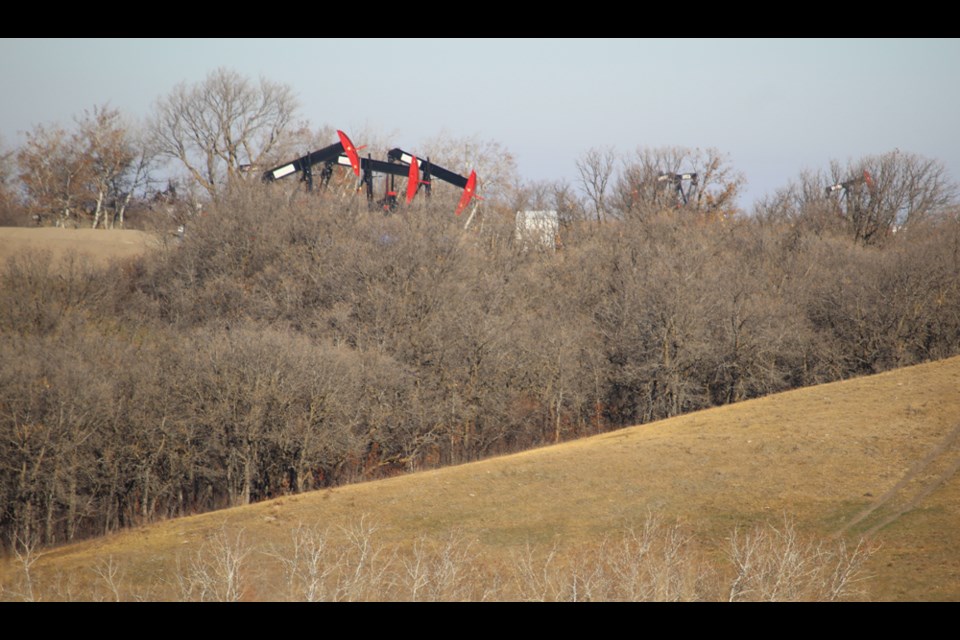The last few years have been challenging for local businesses as the combination of pandemic and low oil price took their toll.
Can we see any indication, in our situation that would indicate a period of growth coming to the oil industry here?
The current combination of relaxed restrictions, increased demand, supply chain challenges and political upheaval on an international scale involving a major oil and gas supplier must surely have a profound effect on development, even in our small corner of the big picture.
Let’s try to bring some light to the way things have gone in the last few years. What factors were responsible for the price drop in early 2020? Was it only pandemic jitters in the market?
Oil prices are determined in the short run by oil futures contracts on the commodities markets. This means that in the short run, commodities traders can also affect oil prices. They can drive prices up even if they only think there will be a surge in demand.
In 2015, production of shale oil increased the global oil supply, and by January 2016 this had driven global oil prices down to a 13-year low. By November, the Organization of the Petroleum Exporting Countries (OPEC) cut production to revive prices.
By April 2019, global prices topped $71/b, and they remained above $55/b until early 2020. By March 2020 oil prices began falling more rapidly, soon reaching record lows.
The drop was huge, but by March 2021, one year later the price had recovered to previous levels. Now, two years after the crash, oil has reached prices not seen for over 10 years.
The Canadian Association of Petroleum Producers (CAPP) is forecasting a 22 per cent increase in natural gas and oil investment in 2022. Capital spending in the sector is expected to grow by $6.0 billion to reach $32.8 billion. Projections from the International Energy Agency, OPEC and IHS Markit (a market data analysis firm) indicate oil demand will increase to 100 million barrels per day within the next two to three years and remain at or above that level until at least 2040.
Prices are high and demand is strong and getting stronger. How has this affected investment and development plans? Conventional oil and natural gas capital investment for 2022 is forecast at $21.2 billion, up from an estimated $18.1 billion last year. The growth of the industry in any location requires that the value of the product be higher than the cost of production, with enough margin to provide a profit. The ability of local industries to support increased production will be crucial. What kind of support will be needed in this new phase of the cycle?
Many oilfield service industries in the area have been put on hold, with equipment and manpower ready to go to work. The time would seem to be right for expansion, but the future is uncertain and the market fears uncertainty.
This is a developing story, and our ongoing coverage will reflect the local economic perspective.




